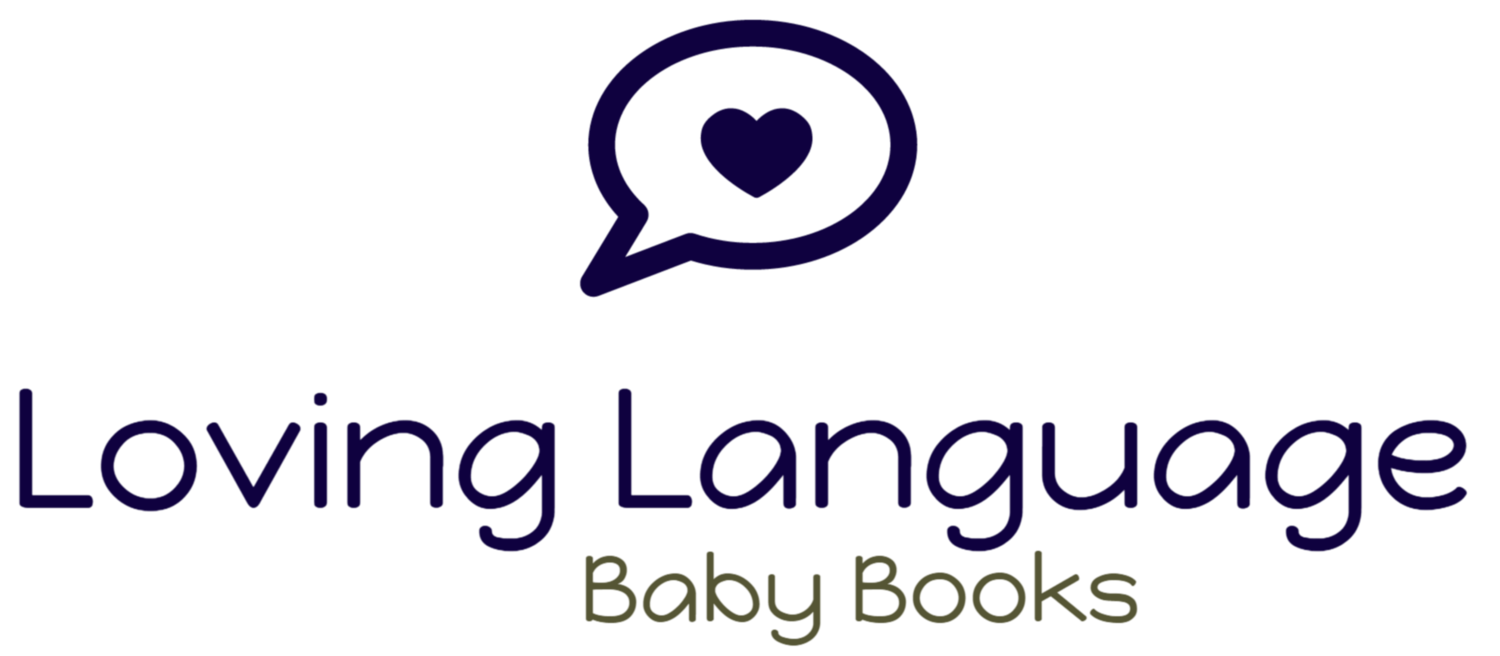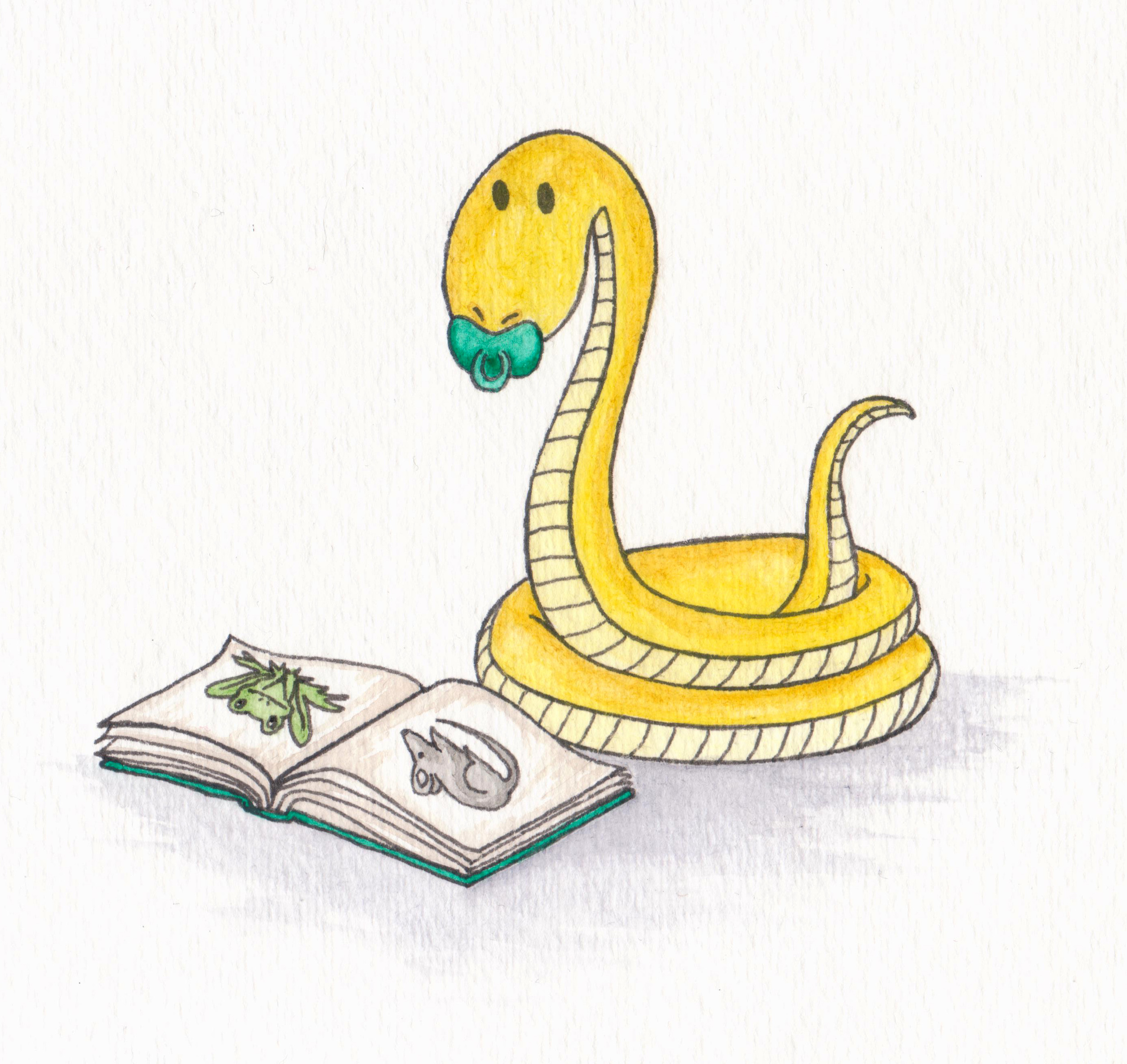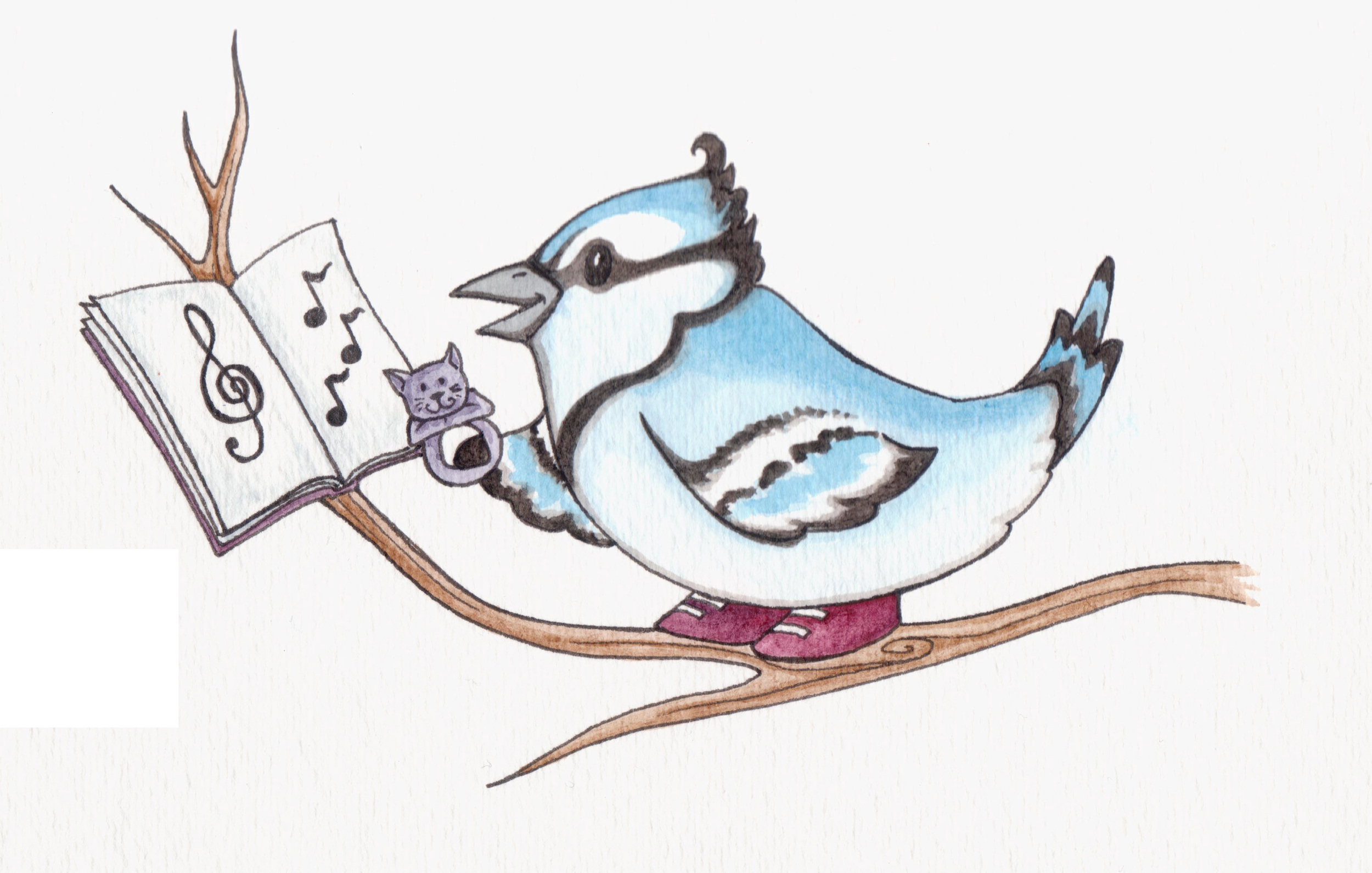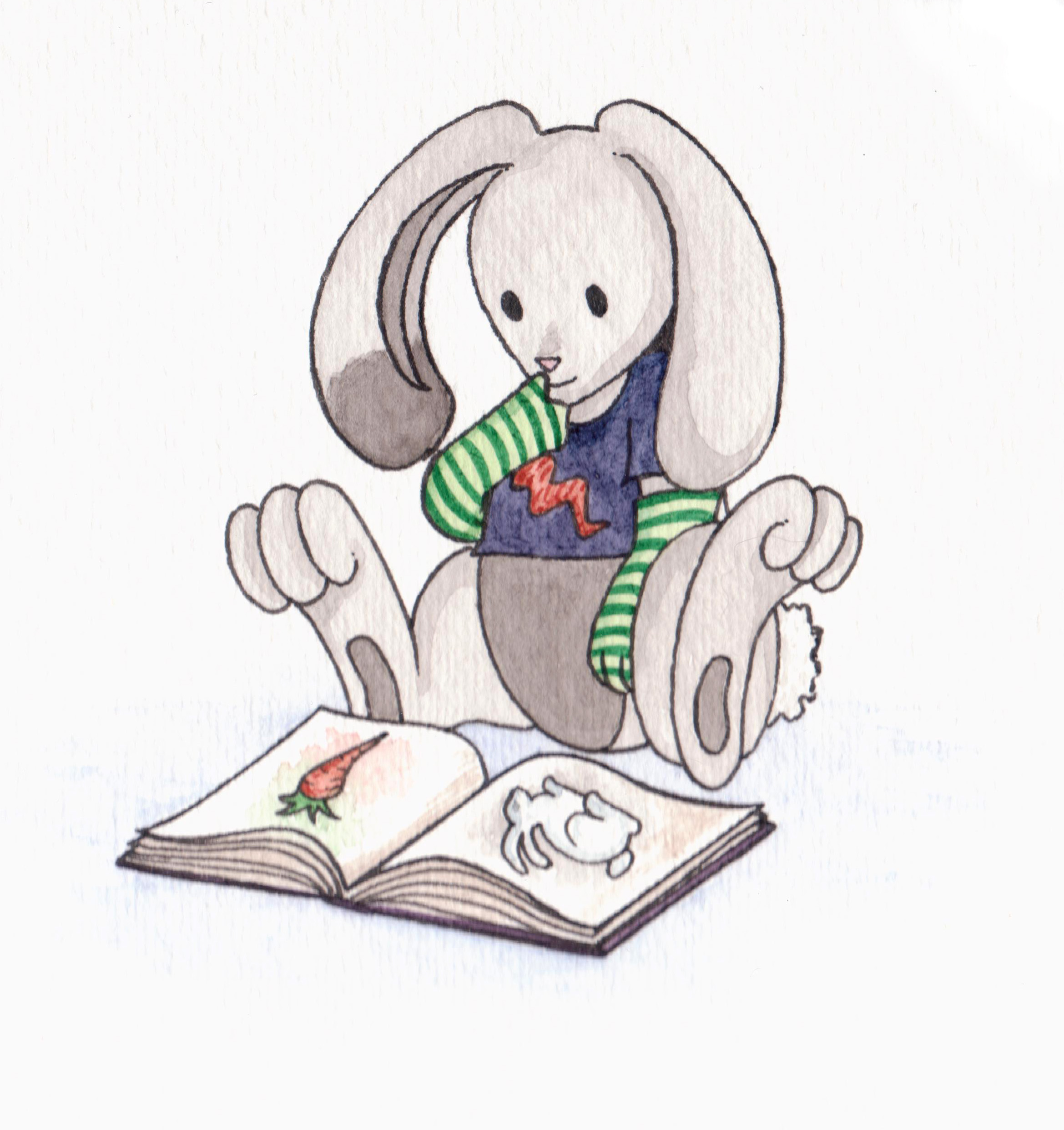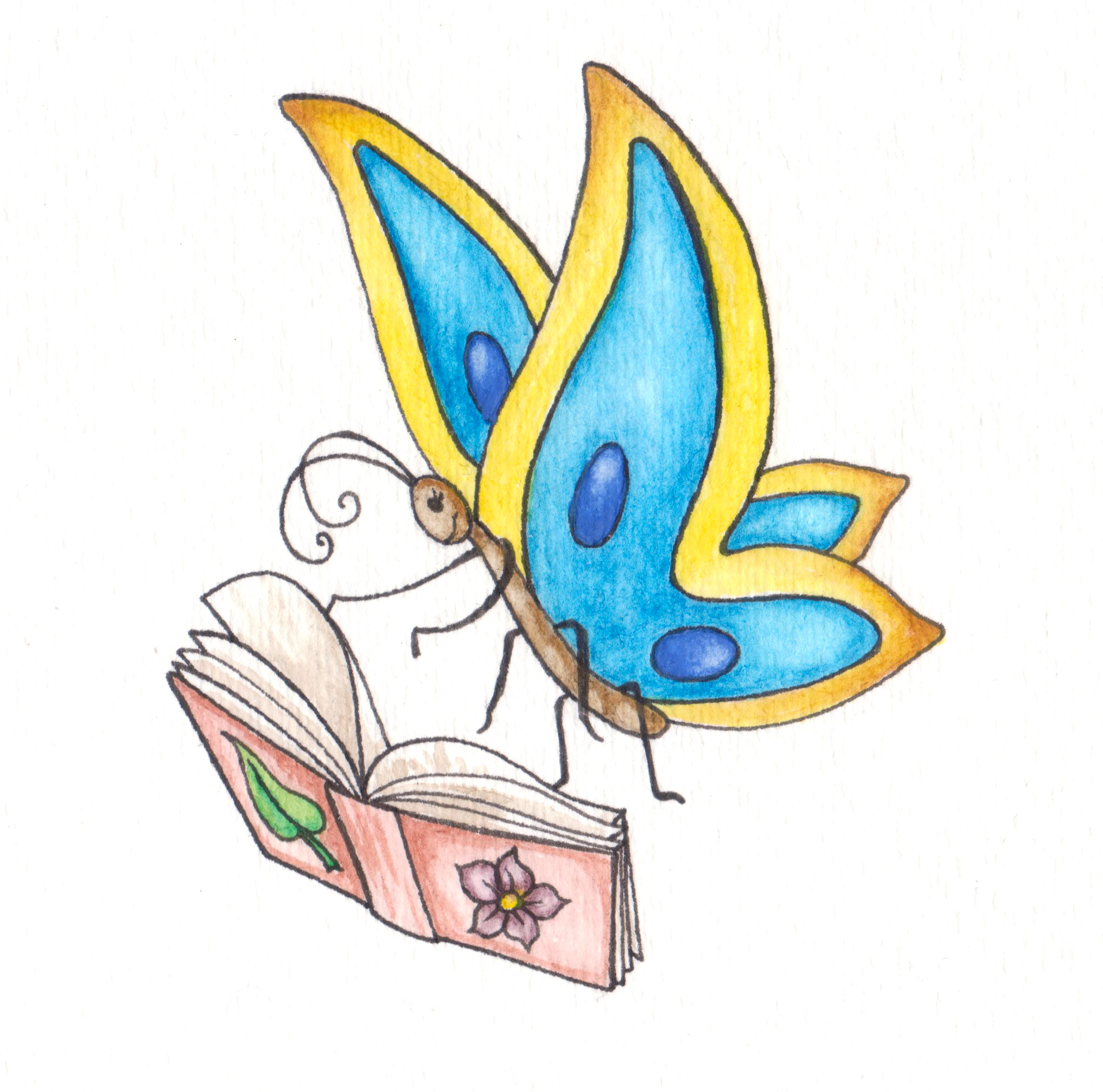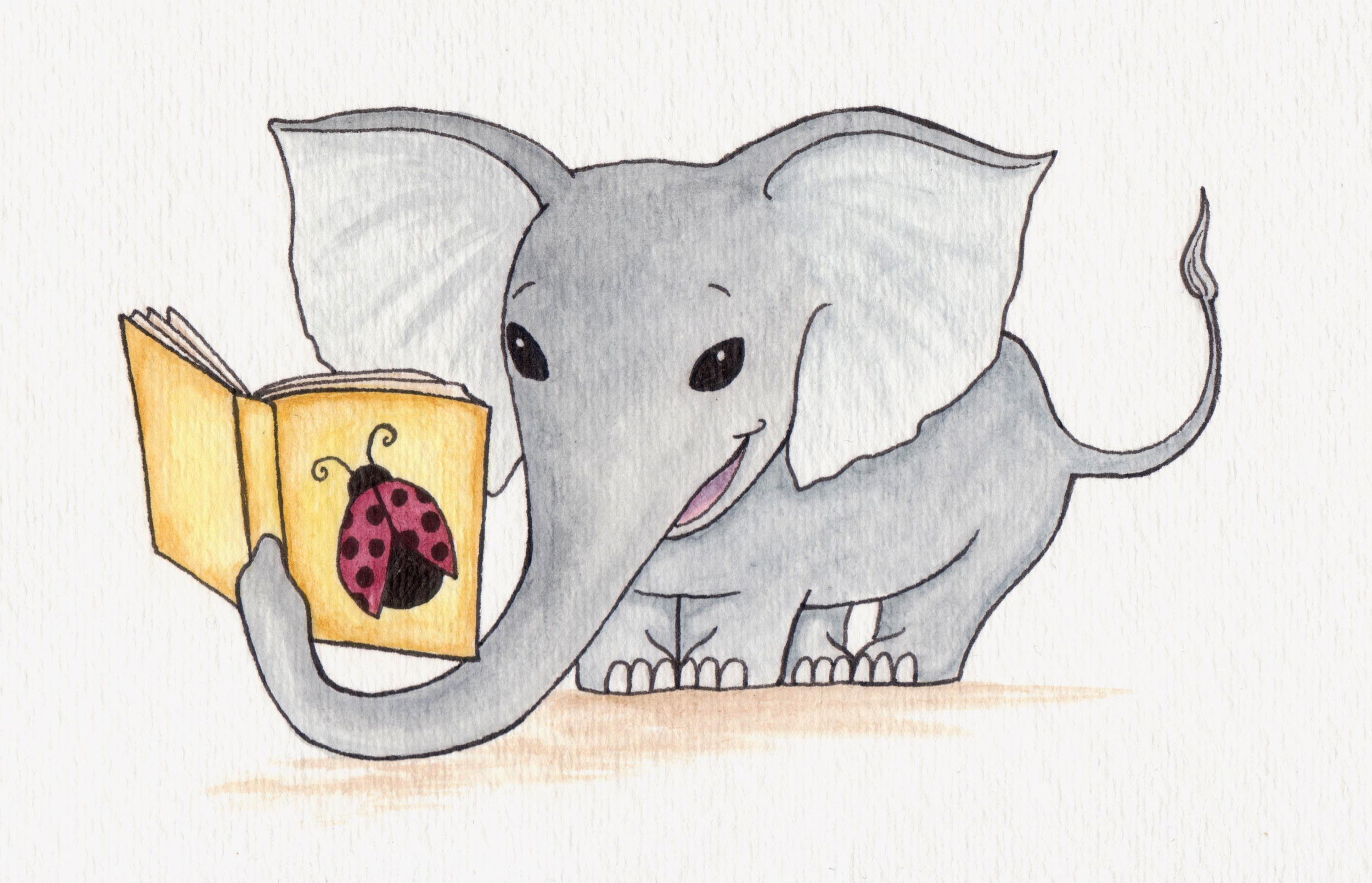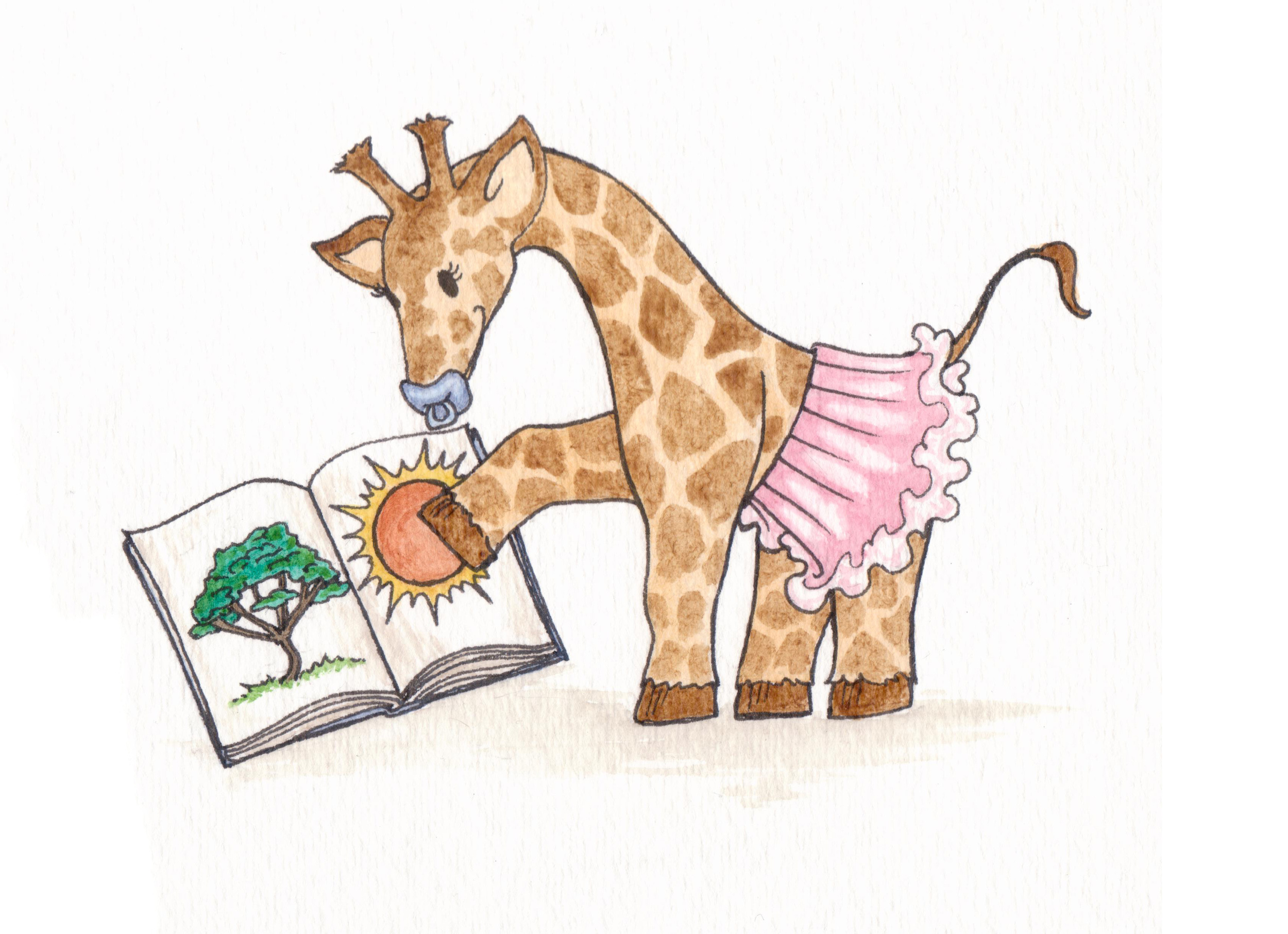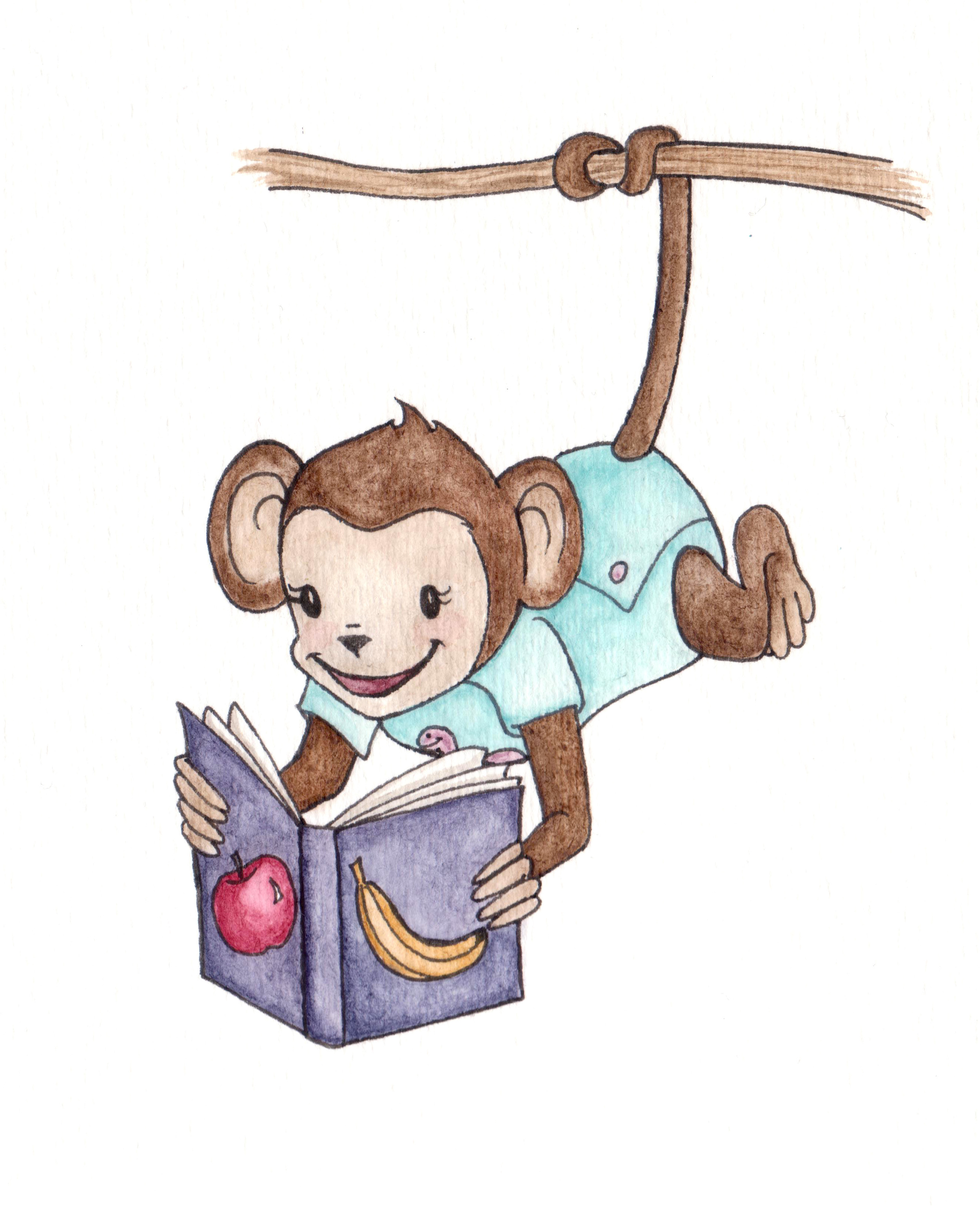Tips for Reading to Your Baby
The Loving Language Approach: Reading, Talking, Singing—and Chewing!
Reading: Making Connections to Your Baby
Talking: Engaging Your Baby Is Essential
Singing: A Fun Way to Build Language
Finding Time: Read and Sing while Feeding Your Baby
Infants and Toddlers
- Babies learn best when you ask and answer questions about the story and pictures. Follow your baby’s gaze and reactions so you can talk about things your baby finds interesting. It’s also helpful to point at, name, and count details in the pictures.
- Infants usually don’t pay attention for long. That’s okay. Reading with your baby gives you time to snuggle, smile, and interact. Focus on your baby’s interests—including holding and chewing the book—and don’t worry about reading every page.
- Sometimes it’s hard to tell how much of a book infants understand, but reading is still important. Listening to the words and and looking at the pictures is essential for learning. Over time, with lots of practice, infants will understand more and more.
- In addition to reading together every day, talk to your baby throughout the day. Whether you’re doing laundry or going for a walk, you can explain what you’re doing, ask and answer questions, count things, and name colors and letters. Pay attention to where your baby is looking and pointing so you can name and explain the people, objects, and activities your baby sees.
- If you read and talk to your baby every day, you’ll be amazed at how quickly your baby learns!
- Older babies and toddlers often like to have the same book read to them many times. Indulge them! Since they have so much to learn, each time they will understand a little more of what they hear and see. Rereading books provides a familiar context that supports learning—it’s also comforting.
Preschoolers
- With three- and four-year-olds, listening comprehension really takes off. You can make story time magical by creating voices for the characters and even acting out some parts of the story with your child.
- Nonfiction books are great for preschoolers too; they are curious about the world and fascinated by science and history. You don’t have to be an expert—just keep reading to and learning with your child.
- One great way to increase learning is to select several books on one topic. From Mars to mummies to dinosaurs, your local librarian should be able to help you find five to eight books—and a couple of videos too—on a topic. That way, you can start with a simple book and then dive into more detailed books as your child becomes curious and asks questions.
- Throughout childhood, books aren’t just for reading. You can sing the story, use the pictures to make up new stories, and play games like searching for favorite colors.
